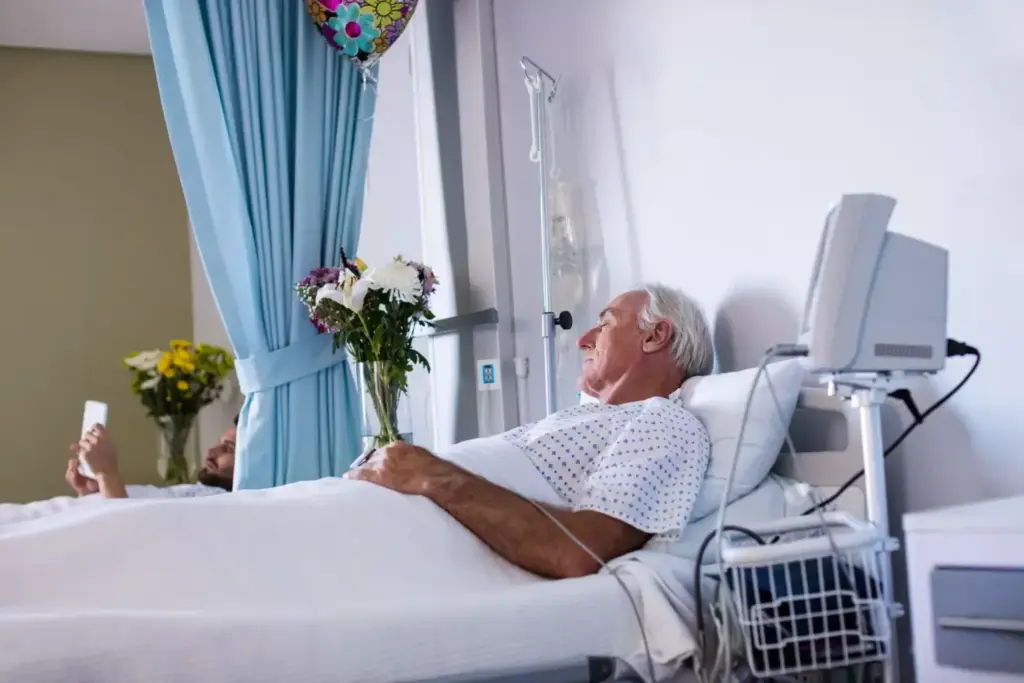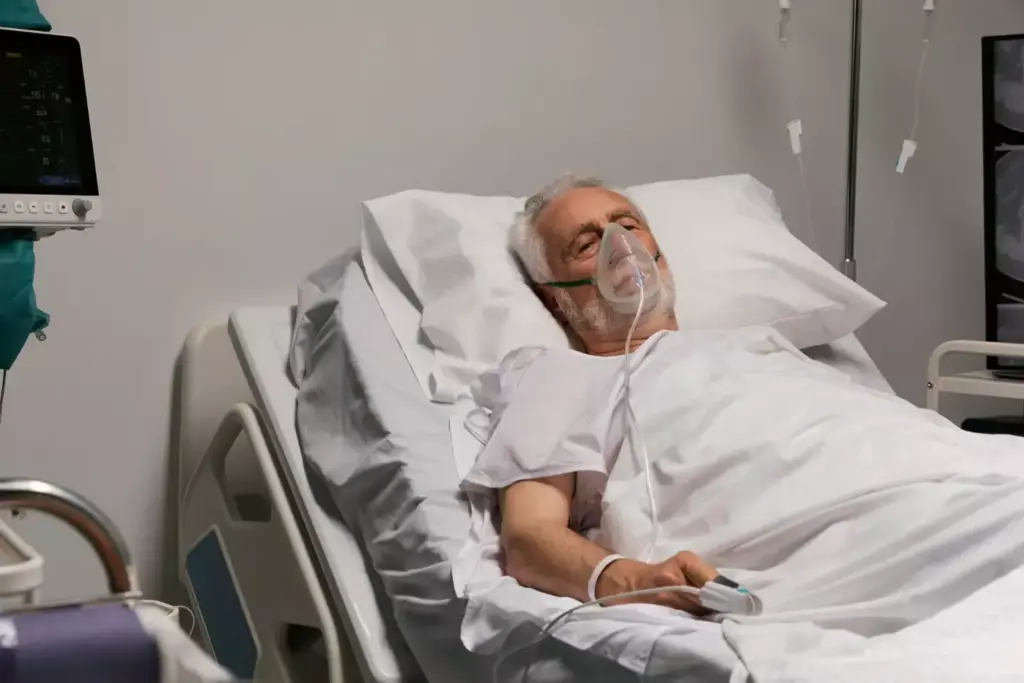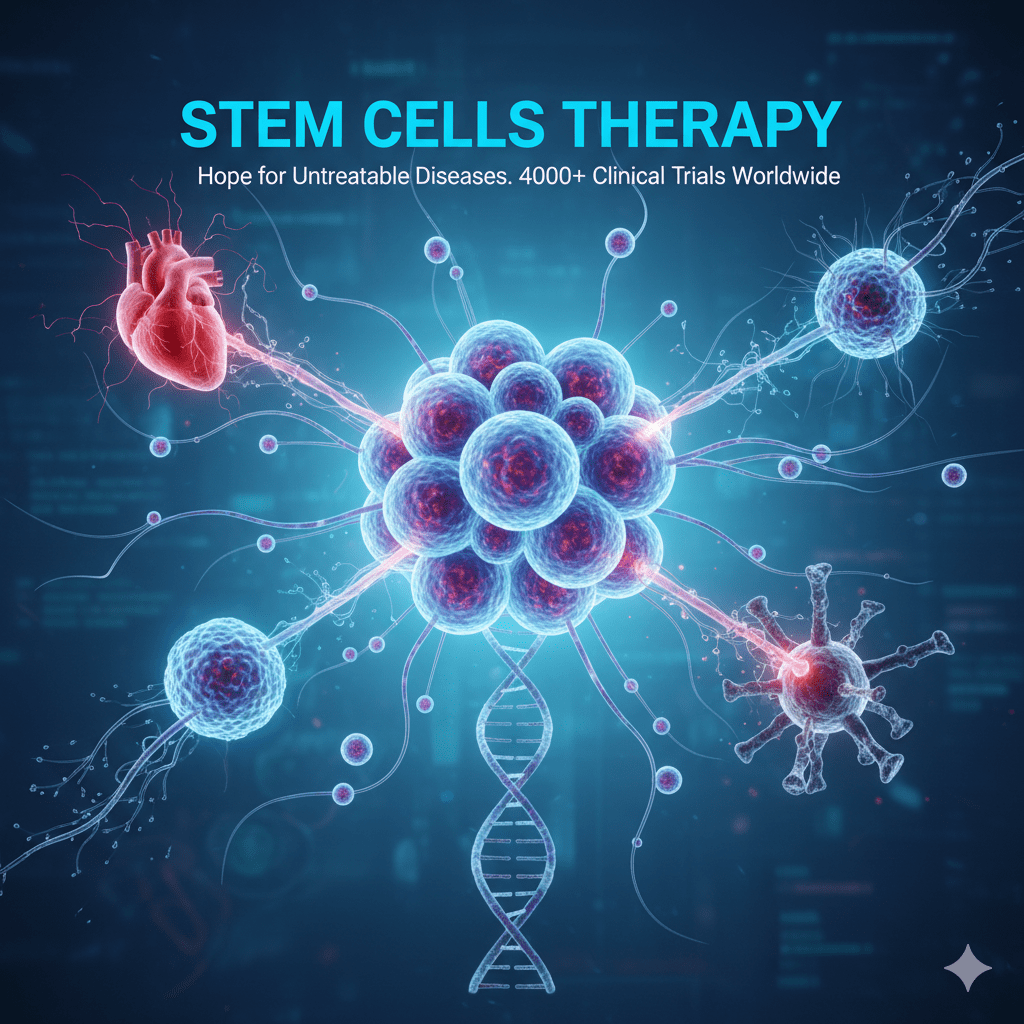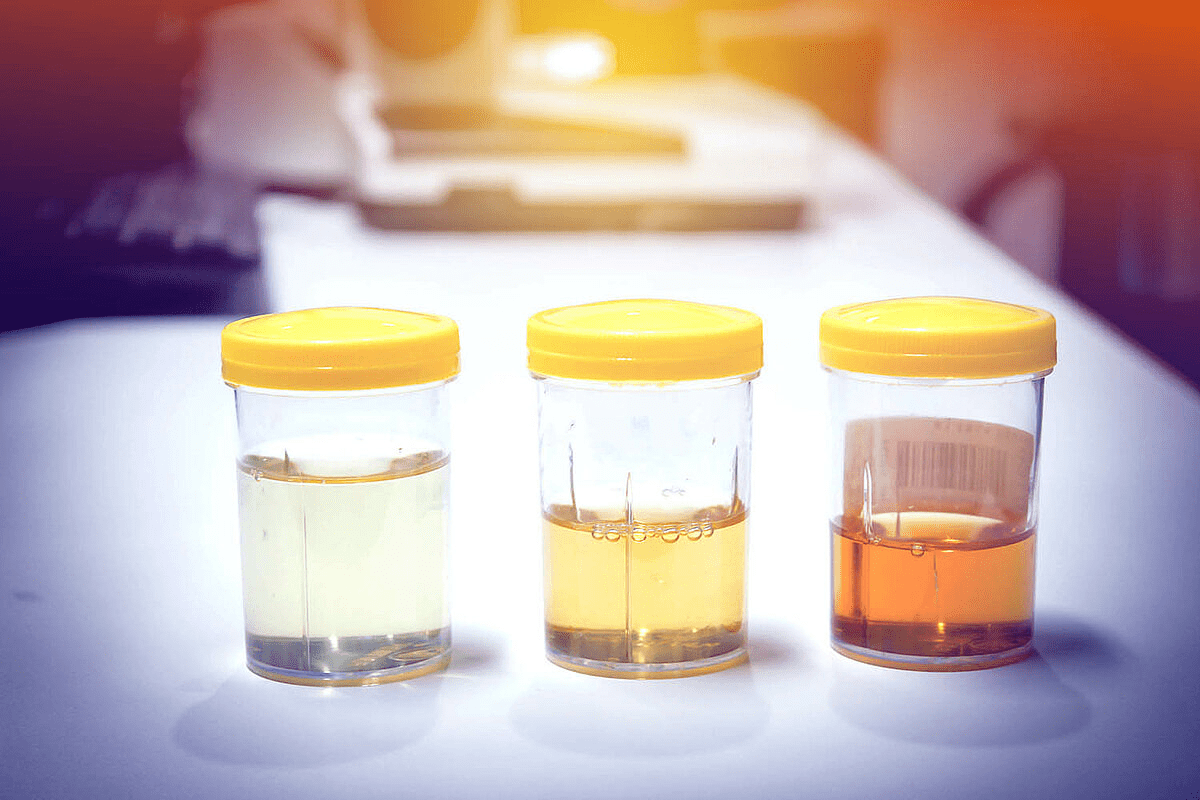Last Updated on November 26, 2025 by Bilal Hasdemir
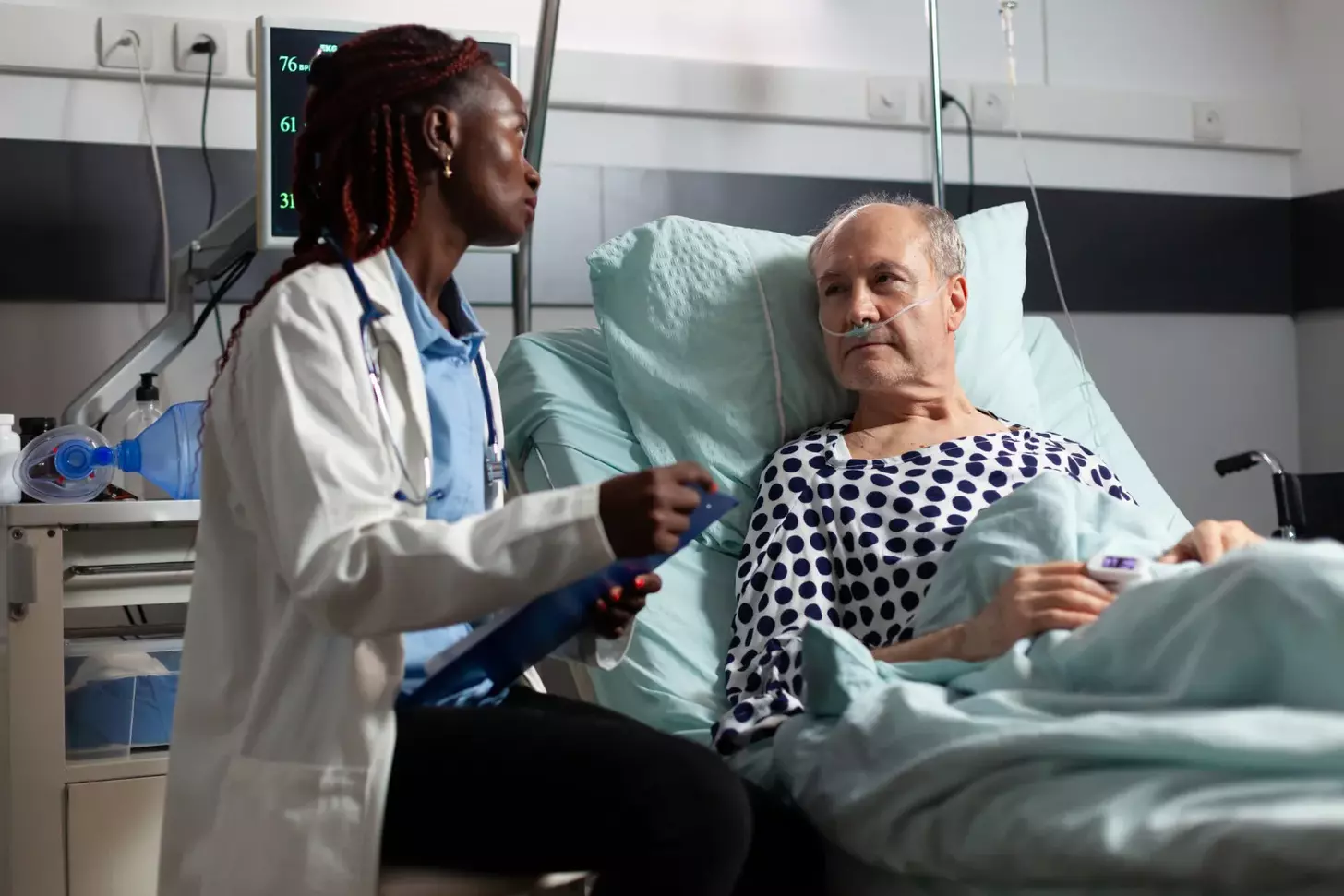
Chemotherapy is a key part of treating Non-Hodgkin’s lymphoma, a cancer that affects the immune system. At Liv Hospital, we know that chemotherapy can be tough. It’s important to know what to expect.
Chemotherapy for Non-Hodgkin’s lymphoma can help manage the disease. But, it also has side effects. The time you spend on lymphoma chemotherapy can be several months. Most side effects go away after treatment ends.
We support patients through the tough times of non-Hodgkin lymphoma chemotherapy. We make sure they get the care they need. Knowing about the treatment helps patients prepare and take care of themselves better.
Key Takeaways
- Chemotherapy is a common treatment for Non-Hodgkin’s lymphoma.
- The duration of chemotherapy varies, typically lasting several months.
- Most side effects resolve once treatment ends.
- Liv Hospital provides patient-centered care for those undergoing lymphoma chemotherapy.
- Understanding the treatment process can help patients prepare and manage their care.
Understanding Non-Hodgkin’s Lymphoma and Treatment Basics
Learning about Non-Hodgkin’s lymphoma is key for those starting chemotherapy. This cancer starts in the lymphatic system, which helps fight off infections. We’ll look at what it is and how it’s treated.
What is Non-Hodgkin’s Lymphoma?
Non-Hodgkin’s lymphoma happens when lymphocytes grow out of control. There are many types, each with its own level of severity. Getting a correct diagnosis and knowing the stage is very important for choosing the right treatment.
Common Treatment Approaches
Treatment for Non-Hodgkin’s lymphoma depends on several things. These include the type and stage of lymphoma, and the patient’s health. Treatments like chemotherapy, radiation, and targeted therapy are often used together. Places like Liv Hospital focus on tailoring treatment to each patient’s needs.
Role of Chemotherapy in Lymphoma Management
Chemotherapy is a main treatment for Non-Hodgkin’s lymphoma. It uses drugs to kill cancer cells. Chemotherapy can be taken by mouth or through an IV. It’s often used with other treatments.
Research is ongoing to lessen chemotherapy’s side effects. This aims to improve life quality for those undergoing treatment. Chemotherapy is a key part of treating Non-Hodgkin’s lymphoma, bringing hope and healing to many.
How Bad Is Chemo for Lymphoma? The Reality of Treatment
Chemotherapy is a key part of treating the disease. But, it also has side effects.
Chemotherapy can help fight lymphoma. Yet, it can also cause hair loss, nausea, and a higher risk of infections. Knowing about these side effects is important for patients.
Severity of Side Effects Compared to Other Cancers
The side effects of chemotherapy for lymphoma can differ from other cancers. The type of lymphoma, the treatment plan, and the patient’s health play a role.
Some people might have mild side effects, while others face more serious ones. For example, some lymphoma treatments can cause more hair loss or nausea than others.
Factors That Influence Treatment Difficulty
Several things can make chemotherapy for lymphoma harder. These include the lymphoma’s stage, the patient’s health, and the treatment plan.
- The type and dose of chemotherapy drugs used
- The frequency of treatment cycles
- The patient’s age and overall health condition
Knowing these factors can help patients and their caregivers get ready for treatment.
Patient Experiences and Perspectives
People’s experiences with chemotherapy for lymphoma vary. Some find it easier, while others face big challenges.
| Common Side Effects | Patient Experiences |
|---|---|
| Hair Loss | Many patients report significant hair loss, affecting their self-esteem and body image. |
| Nausea and Vomiting | Some patients experience severe nausea and vomiting, while others may have milder symptoms. |
| Fatigue | Fatigue is a common complaint, impacting daily activities and overall quality of life. |
Sharing these experiences helps patients understand what to expect. It also shows how to deal with chemotherapy’s challenges.
Preparing for Lymphoma Chemotherapy: What to Know Before Starting
Before starting chemotherapy for lymphoma, patients must go through several steps. These steps ensure they’re ready for treatment. At places like Liv Hospital, care focuses on the patient to support them through treatment.
Medical Evaluations and Baseline Testing
Medical checks are key before starting chemotherapy. These tests look at the patient’s health and find any issues that might affect treatment.
- Comprehensive Blood Tests: To check for any abnormalities in blood cell counts, liver function, and kidney function.
- Imaging Tests: Such as CT scans or PET scans to assess the extent of lymphoma.
- Cardiac Evaluation: To ensure the heart is functioning properly, as some chemotherapy drugs can affect heart health.
A medical expert says, “A thorough baseline assessment is essential to tailor the chemotherapy regimen to the individual patient’s needs and minimize possible risks.”
“Chemotherapy is a systemic treatment that requires careful planning and monitoring to achieve the best outcomes.”
Practical Preparations for Treatment
Practical preparations are also key for a smooth treatment process. Patients should think about the following:
- Arrange for transportation to and from treatment sessions.
- Prepare a support system, such as family or friends, to accompany them during treatment.
- Stock up on essentials like comfortable clothing, books, or entertainment for the waiting periods.
Setting Realistic Expectations
It’s important to have realistic expectations about treatment and side effects. Understanding that chemotherapy can affect people differently is key.
| Aspect | What to Expect |
|---|---|
| Treatment Duration | Several months, depending on the chemotherapy regimen and response to treatment. |
| Side Effects | Common side effects include fatigue, hair loss, and nausea. The severity can vary among individuals. |
| Support | Continuous support from healthcare providers, family, and friends is critical throughout the treatment. |
Knowing what to expect and being prepared helps patients manage their chemotherapy journey better. We aim to offer full care and support during this time.
Common Chemotherapy Drugs Used for Non-Hodgkin’s Lymphoma
Non-Hodgkin’s lymphoma chemotherapy often uses a mix of drugs. The exact drugs and doses depend on the lymphoma type, its stage, and the patient’s health.
Standard Chemotherapy Regimens
For Non-Hodgkin’s lymphoma, a common treatment is the CHOP regimen. It includes cyclophosphamide, doxorubicin, vincristine, and prednisone. This mix has been key in treating many types of lymphoma.
Other drugs like rituximab and bendamustine are also used. Rituximab targets CD20 on lymphoma cells. Bendamustine is used for certain indolent lymphomas.
How These Medications Work
Chemotherapy drugs target fast-growing cells, like cancer cells. The CHOP regimen works in different ways. Cyclophosphamide and doxorubicin damage cancer cell DNA, stopping them from growing. Vincristine stops cancer cells from dividing, and prednisone kills them.
Targeted Therapies vs. Traditional Chemotherapy
Targeted therapies, like rituximab and ibrutinib, are more precise. They target specific proteins or pathways in cancer cells. These therapies offer new options for lymphoma treatment, as seen in recent advancements in oncology.
| Chemotherapy Regimen | Drugs Used | Common Use |
|---|---|---|
| CHOP | Cyclophosphamide, Doxorubicin, Vincristine, Prednisone | Various types of Non-Hodgkin’s lymphoma |
| R-CHOP | Rituximab, Cyclophosphamide, Doxorubicin, Vincristine, Prednisone | CD20-positive Non-Hodgkin’s lymphoma |
| Bendamustine-based | Bendamustine, Rituximab | Indolent lymphoma |
Choosing between traditional chemotherapy and targeted therapies depends on the lymphoma type and the patient’s health. Knowing about different drugs and regimens helps patients understand their treatment options.
Physical Side Effects of Lymphoma Chemotherapy
It’s important for patients to know about the physical side effects of lymphoma chemotherapy. Chemotherapy is a key part of treating lymphoma. It can cause different physical side effects that can affect daily life.
Hair Loss and Appearance Changes
Hair loss, or alopecia, is a common side effect of chemotherapy. This happens because chemotherapy targets cells that grow fast, including hair follicles. Losing hair can be hard on a person’s self-esteem and how they see themselves. But, hair usually grows back after treatment ends.
Nausea, Vomiting, and Digestive Issues
Nausea and vomiting are common in patients getting chemotherapy. These can lead to dehydration and malnutrition if not managed well. Antiemetics can help control these symptoms. Also, eating smaller meals and avoiding spicy or fatty foods can help with digestive problems.
Fatigue and Energy Levels
Fatigue, or extreme tiredness, is a common side effect of chemotherapy. It can come from the treatment itself, anemia, or other factors. To manage fatigue, pace activities, take breaks, and eat a balanced diet. Exercise, when possible, can also boost energy levels.
Increased Risk of Infection
Chemotherapy can weaken the immune system by lowering white blood cell production. These cells are key in fighting infections. Patients should take steps to avoid infections, like avoiding crowded places, practicing good hygiene, and getting vaccinations as advised by their healthcare provider.
| Side Effect | Management Tips |
|---|---|
| Hair Loss | Use gentle hair care products, consider wigs or headscarves |
| Nausea and Vomiting | Take antiemetics, eat small frequent meals, avoid spicy foods |
| Fatigue | Rest when needed, maintain a balanced diet, engage in gentle exercise |
| Increased Infection Risk | Avoid crowded areas, practice good hygiene, follow vaccination recommendations |
How Long Is Chemotherapy for Lymphoma? Treatment Timeline
Knowing how long chemotherapy for lymphoma lasts is key for patients. The time it takes can change a lot. This depends on the type and stage of lymphoma.
Typical Duration of Treatment Cycles
Chemotherapy for lymphoma is given in cycles. Each cycle lasts weeks. The number of cycles needed can be from 4 to 8, based on the treatment plan and how the patient responds.
“The cycles let the body rest between treatments,” says a top oncologist. “The whole treatment can last months. It’s important for patients to know that many things can affect how long treatment lasts, like their health and how they handle the treatment.”
Factors That May Extend or Shorten Treatment
Many things can change how long chemotherapy for lymphoma lasts. These include:
- The type and stage of lymphoma
- The patient’s overall health and medical history
- How well the patient responds to treatment
- Any necessary adjustments to the treatment regimen
For example, patients with aggressive lymphoma might need more intense treatment. This could make treatment last longer. On the other hand, if a patient responds well, treatment might be shorter.
What to Expect Between Treatments
Between chemotherapy cycles, the body starts to recover from treatment side effects. But, not all side effects go away completely.
It’s very important for patients to follow their doctor’s advice on managing side effects. This helps keep their health up during this time. This might include:
- Following a specific diet to manage nausea and maintain nutrition
- Engaging in gentle exercise to maintain energy levels
- Attending follow-up appointments to monitor their condition
By knowing what to expect during and between treatments, patients can prepare better. They can work closely with their healthcare team to get the best results.
Managing Side Effects During Lymphoma Chemotherapy
Managing chemotherapy side effects is key for a smoother treatment journey. Chemotherapy is vital for lymphoma treatment, but managing side effects is just as important. Recent research aims to improve side effect management, and we’re committed to the best care for our patients.
Medication Options for Symptom Relief
Several medications can help with lymphoma chemotherapy symptoms. These include anti-nausea, pain relievers, and blood cell boosters. We work with our patients to find the right medication for them.
| Medication Type | Purpose | Common Examples |
|---|---|---|
| Anti-nausea | To prevent or reduce nausea and vomiting | Ondansetron, Metoclopramide |
| Pain Relief | To manage pain associated with treatment | Acetaminophen, Morphine |
| Blood Cell Boosters | To stimulate the production of blood cells | Filgrastim, Epoetin alfa |
Lifestyle Adjustments That Help
Making lifestyle changes can help manage chemotherapy side effects. Regular exercise, stress-reducing activities, and enough rest are key.
Exercise: Gentle exercises like walking or yoga can boost energy and reduce fatigue.
Stress Reduction: Meditation and deep breathing can help manage stress and anxiety.
Nutrition and Hydration Strategies
Eating well and staying hydrated are important during chemotherapy. We suggest eating nutrient-rich foods and drinking plenty of water to help your body cope.
- Eat small, frequent meals to manage nausea and maintain energy.
- Stay hydrated by drinking plenty of water and other fluids.
- Avoid foods that are high in sugar, salt, or fat.
When to Contact Your Healthcare Provider
It’s important to know when to seek medical attention during chemotherapy. If you have severe side effects like high fever, severe pain, or trouble breathing, contact your healthcare provider right away.
By working with our healthcare team and making smart lifestyle choices, patients can manage chemotherapy side effects better. This improves their overall treatment experience.
Emotional and Psychological Impact of Chemotherapy
Chemotherapy for lymphoma affects a patient’s mental health deeply. It’s not just hard on the body but also on the mind.
Coping with Treatment Anxiety
Many patients feel anxious during chemotherapy for lymphoma. The unknown outcome and side effects can be too much. It’s key for patients to accept these feelings and look for help.
There are ways to handle anxiety, like:
- Deep breathing and meditation
- Talking to a therapist
- Joining support groups
Depression and Mood Changes
Depression and mood swings are common in lymphoma patients on chemotherapy. The body changes and emotional stress can make people feel sad and alone.
It’s important to know the signs of depression. These include feeling sad all the time, losing interest in things, and changes in eating or sleeping. Doctors can help manage these symptoms.
Support Systems and Mental Health Resources
A strong support network is essential for those facing chemotherapy. This includes family, friends, support groups, and mental health experts.
Places like Liv Hospital offer mental health support during chemotherapy. These resources are great for dealing with the emotional side of treatment.
| Support System | Description | Benefits |
|---|---|---|
| Family and Friends | Emotional support and practical help | Less loneliness, more help |
| Support Groups | Sharing experiences with others going through the same | Community, understanding, and ways to cope |
| Mental Health Professionals | Professional counseling and therapy | Help with anxiety and depression |
By understanding the emotional and psychological effects of chemotherapy and using support systems, patients can handle their treatment better.
Advanced Care at Specialized Facilities Like Liv Hospital
Specialized hospitals like Liv Hospital are changing how we treat lymphoma. They use new methods and focus on each patient’s needs. This means patients get all the help they need during their treatment.
Patient-Centered Approaches to Lymphoma Treatment
At Liv Hospital, the care is all about the patient. They make sure each person gets a treatment plan that fits them best. This way, treatment is more effective and personal.
Key aspects of patient-centered care include:
- Tailored treatment plans based on individual patient needs
- Multidisciplinary teams working together to provide complete care
- Continuous support and education for patients and their families
Innovative Solutions and Up-to-Date Protocols
Liv Hospital is always using the newest treatments for lymphoma. They keep up with the latest in medicine. This means patients get the best care available.
| Innovative Solutions | Benefits |
|---|---|
| Targeted Therapies | More precise treatment with fewer side effects |
| Immunotherapy | Boosts the body’s immune system to fight cancer |
| Advanced Diagnostic Tools | More accurate diagnosis and monitoring of treatment progress |
Comprehensive Support Services During Treatment
Liv Hospital offers many support services. They help patients with everything from mental health to nutrition. These services aim to improve patients’ overall well-being.
By focusing on patient care, new treatments, and support, Liv Hospital is leading the way in lymphoma treatment. Patients know they’re getting top-notch care that’s just right for them.
Recovery and Life After Lymphoma Chemotherapy
After finishing chemotherapy for lymphoma, patients start their recovery. This time can be tough, but many get better and live active lives. Most side effects go away after treatment ends, letting patients get back to normal.
As patients recover, their energy will get better. Eating well and drinking plenty of water helps their health. They can then start doing things they love again.
Surviving lymphoma is a big achievement. We suggest patients keep in touch with their doctors and go to check-ups. This helps them smoothly move into survivorship and stay healthy. With the right care, many patients live long, happy lives after treatment.
FAQ
What is Non-Hodgkin’s lymphoma, and how is it treated?
Non-Hodgkin’s lymphoma is a cancer that starts in the lymphatic system. Treatment varies based on the type and stage of lymphoma. It often includes chemotherapy, sometimes with other treatments.
How bad is chemo for lymphoma, and what are the common side effects?
Chemotherapy for lymphoma can be tough, with side effects that differ in severity. Common issues include hair loss, nausea, fatigue, and a higher risk of infections.
What are the standard chemotherapy regimens for Non-Hodgkin’s lymphoma?
For Non-Hodgkin’s lymphoma, standard treatments use various drugs together. This approach aims to kill cancer cells while protecting healthy ones.
How long is chemotherapy for lymphoma, and what is the typical treatment timeline?
Chemotherapy for lymphoma can last from a few months to a year or more. The exact time depends on the type and stage of lymphoma.
How can I manage the side effects of lymphoma chemotherapy?
To handle side effects, try medications, make lifestyle changes, and focus on nutrition. Also, know when to reach out to your doctor for help.
What are the emotional and psychological impacts of chemotherapy for lymphoma?
Chemotherapy can deeply affect your emotions and mind, leading to anxiety, depression, and mood swings. Having a strong support network and access to mental health services is key.
What can I expect during the recovery phase after completing chemotherapy for lymphoma?
After finishing chemotherapy, you enter a recovery phase. Most side effects will fade once treatment stops. It may take time to fully recover, but you can gradually return to your usual activities.
How effective is chemotherapy in treating Non-Hodgkin’s lymphoma?
Chemotherapy is a common and effective treatment for Non-Hodgkin’s lymphoma. Success rates vary based on the type and stage of lymphoma, as well as individual factors.
What are the benefits of receiving care at specialized facilities like Liv Hospital for lymphoma treatment?
Places like Liv Hospital offer personalized care, new solutions, and wide support services. This includes mental health help for patients going through chemotherapy.
Are there any differences between traditional chemotherapy and targeted therapies for lymphoma?
Targeted therapies are different from traditional chemotherapy. They aim to target specific cancer cells or mechanisms. This can reduce harm to healthy cells and offer new treatment options for lymphoma patients.


